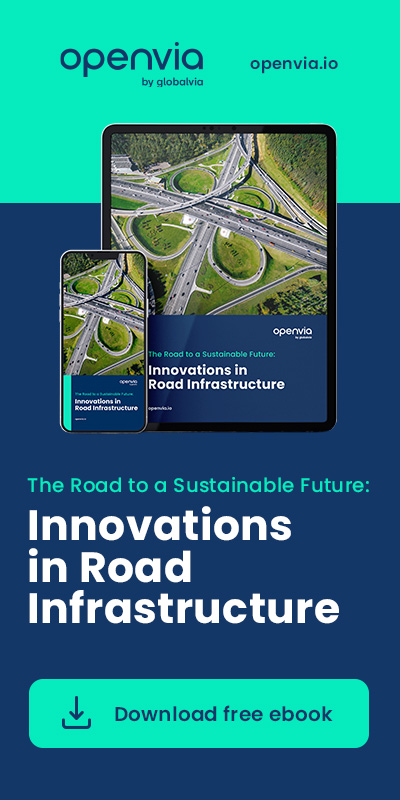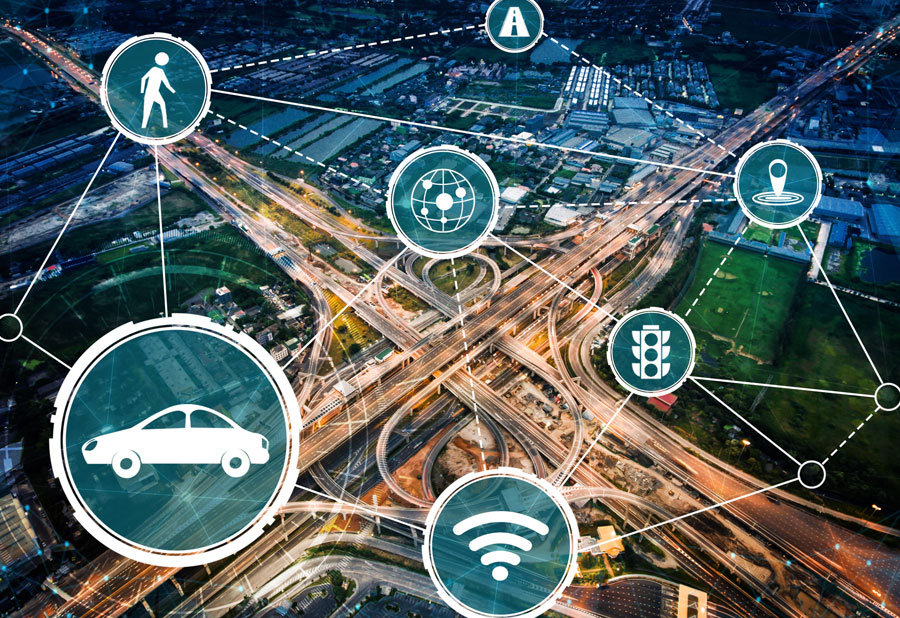1. Introduction
Urban mobility, especially in large cities, is undergoing a profound transformation. The incorporation of advanced technologies, together with the evidence of the need to opt for more sustainable and efficient mobility solutions, has led to numerous mobility apps with complementary functionalities.
The high penetration of internet access coupled with the use of mobile devices is facilitating the implementation of urban mobility models that are more efficient, conscious and respectful of the environment and people.
2. Has mobility in cities changed?
We are currently facing the most sophisticated mobility model in history. The information and services we can access from our mobile phones allow us to choose the optimal routes and means of transport every time, almost every minute.
We can obtain traffic information and the clearest routes in real time, we can book chauffeur-driven vehicles for journeys with minimum waiting times and we can combine public and private means of transport to minimize costs and choose the most sustainable options.
High population density, restrictive legislation on vehicle accessibility and emission-free zones, as well as the proliferation of logistics services of all kinds have led large cities to evolve their transport plans, mobility and urban agenda.
Cities are already moving differently and are looking to do it better and better.
There is a gradual but steady shift away from car ownership, with citizens moving towards the use of third-party and shared services to meet their mobility needs.
3. The mobile phone as the centre of management and control
The transformation of mobility in cities is literally in our hands.
The integration of mobility apps in our mobile devices based on artificial intelligence, predictive models, Big Data and secure payments are encouraging a new mobility that is becoming a reality every day.
Multimodality solutions such as Meep Sevilla by Globalvia, unify in a single interface everything from information on all the transport options available in the city, to the planning and booking of means of transport. Vehicles with driver, collective means of transport, scooter rental… Concentrating all urban mobility services in a single space allows infinite transport possibilities and benefits to the end user.
As we mentioned in the previous point, the car-sharing model will continue to grow and car rental will take place through mobile applications. Exclusive pay-per-use coupled with the possibility of accessing electric and hybrid models is very attractive and cost-effective.
Security and control are also increased by digital payment platforms. Increased security measures on digital platforms, the possibility of avoiding cash payments and digital spaces for renewing subscriptions, purchasing tickets, issuing invoices, etc. mean that the user can concentrate expenses, control them and request as much information as necessary.
The digital mobility register enables applications to make recommendations on the most financially, environmentally or time-sensitive types of subscriptions, subscriptions or combinations.
Moreover, in the very near future, large cities will begin to make more intensive use of advanced aerial mobility. Unmanned aerial vehicles will facilitate passenger transport, last mile deliveries or urgent medical transport, areas in which Bluenest by Globalvia is already working. This sophisticated air transport service can be booked from a mobile phone.
4. Most relevant mobility apps
There are large multinationals dedicated to mobility that already occupy a prominent place in the minds of consumers from all corners of the world. These large companies coexist with other more specific or local mobility solutions, which respond to very specific environments.
The most relevant applications in the VTC/Taxi sector include:
Uber
Cabify
Bolt
These three ride-hailing companies offer the possibility of having a vehicle with a driver available in a matter of minutes for a predetermined route, with a fixed price and totally secure digital charging.
The customer is picked up at the exact point, the time estimation is highly accurate, and at all times, the user retains control over the conditions and the amount.
Individual uses, shared uses, individual uses, business uses… These platforms are evolving their models by incorporating new proposals and complementary services linked to mobility.
There is a growth in the type of mobile apps aimed at planning public transport journeys:
- Moovit
- Google Maps
- Citymapper
For example, Moovit, which in Spain has a 21.6% market share among users aged between 18 and 24, a very high penetration rate. These applications make it possible to combine modes of transport and optimise times by making combinations of lines and types of vehicles. They are applications for the generation of optimised routes for urban mobility services.
Among the most popular MaaS-oriented apps on the market is Google Maps. This application from the giant Google has a high penetration among the population, the fact that it is installed by default in many mobile devices makes it highly accessible.
Citymapper is another mobile app for advanced and very useful public transport trip planning for the end user. The level of detail of the indications on routes, stops, waiting times, etc. makes it a highly appreciated option for the population.
Globalvia has an active Meep Sevilla app, which allows to plan, book and pay for the routes of the means of transport available in the city of Seville.
In the small vehicle rental sector, new providers are being incorporated on a regular basis.
These applications that offer the rental of scooters, bicycles and even motorbikes on a time-of-use basis have a high penetration in large cities. They are often incorporated into public services as alternative and environmentally friendly forms of transport.
Apps for sharing:
- Ubequo
- eCooltra
- ZITY
- Free2Move
- GoTo
Ubeequo and eCooltra are some of the leading brands in mobility apps for carsharing.
Ubeequo focuses on carsharing, as do ZITY, Free2Move or GoTo. eCooltra has become strong in the motosharing sector, followed by other brands such as Acciona.
Toll payment apps:
Another type of mobility management apps are those that allow automated payment of road tolls. This type of technology brings with it the reduction of incidents related to toll collection, traffic improvement, mobility registration and the issuance of associated invoices in the cloud.
Toll payment automation is a reality already implemented on numerous highways, an example of which is Slora by Globalvia, which operates in the United States and Portugal. This application offers complete control of toll payment via cell phone, avoiding waiting times and making it easier for the end user to keep up to date with the payment of their journeys.
5. Future prospects
The future of mobility apps depends on the progressive and continuous improvement and expansion of their functionalities, increased security for the protection of personal data and against cyber-attacks, and the incorporation of new mobility models adapted to the regulations of each city in a specific way.
Smartphones will play an increasingly important role in interurban mobility due to their real-time data processing capacity and the application of predictive models through artificial intelligence.
Smarter mobility from technology that travels in the pockets of citizens.






